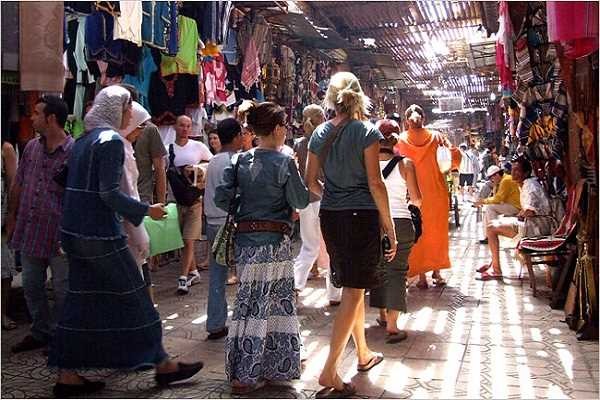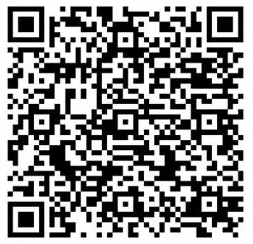The Socio-Culture Environment in Morocco
Regions and
Languages
Languages spoken in Morocco are Arabic (official), Berber languages (Tamazight (official), Tachelhit, Tarifit), and French (often the language of business, government, and diplomacy).
There are many different religions in Morocco. They are: Muslim 99% (official; virtually all Sunni, <0.1% Shia), other 1% (includes Christian, Jewish, and Baha'i); Note - Jewish about 3,000-3,500 (2020 est.)
Ethnic groups are about Arab-Berber 99%, other 1%.
Morocco has 61.03 points, the 10th highest healthcare price index in Africa and the 70th highest globally (2017).
The happiness index for Morocco is 5.06/10, making it the 8th happiest in Africa (2021).
Population
- Population in Morocco is about 36,738,229 (2022, 40th most populous globally)
- Population Growth Annual Rate: .91% (2022)_ranked 107 globally
- Urban Population: 64.6% (2022).
- Infant Mortality Rate: 19.2 per 1,000 births (2022) which is ranked 85 globally.
- Life Expectancy at birth: 73.68 years (2020).
- The maternal mortality per 100,000 live births is 70, making Morocco the 48th in Africa and 84th globally (2017).
- Thousands of illegal migrants have chosen to stay in Morocco until they earn enough money for further travel or permanently as a “second-best” option.
The age dependency ratio for Algeria is 52.14% ranking 46 in Africa and 118 globally (2021).
- 7.93% of the population aged 65 and above, is the 4th in Africa and 85th globally (2021).

Downsides of the Socio-Culture in Morocco
- While the indigenous Berbers, though mostly Arabized, still make up the majority of the population, there is a rather sizable population that identifies as Haratin or Gnawa, black, or of mixed race.
- The Jewish minority of Morocco, which numbered as high as 248,000 in 1948, has decreased significantly with a small population estimated at 6,000 as of 2010.
- Morocco has 19 deaths of children under 5 years per 1000 live births, the 47th in Africa and the 79th globally (2020).
- Morocco is ranked 117/184 on the Human Development Index(HDI) with a 0.686 value, a 0.001 increase from 2020, which is below the global average of 0.732 (2021). Morocco’s HDI value is a Low Human Development Classification.


